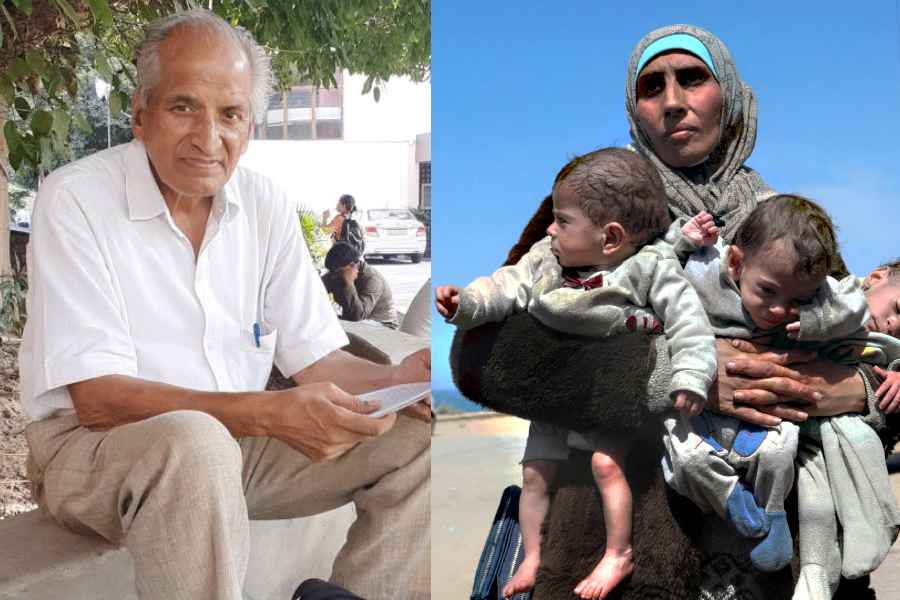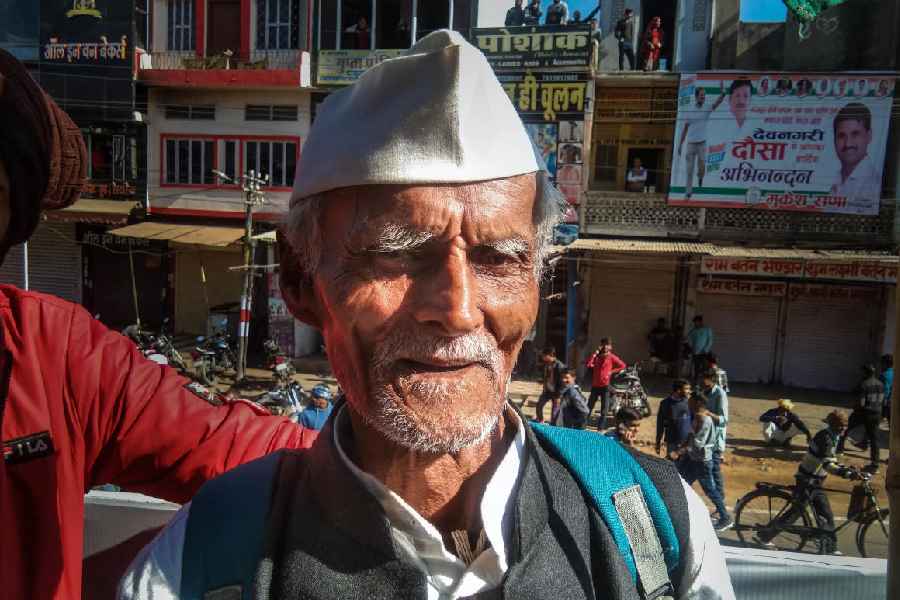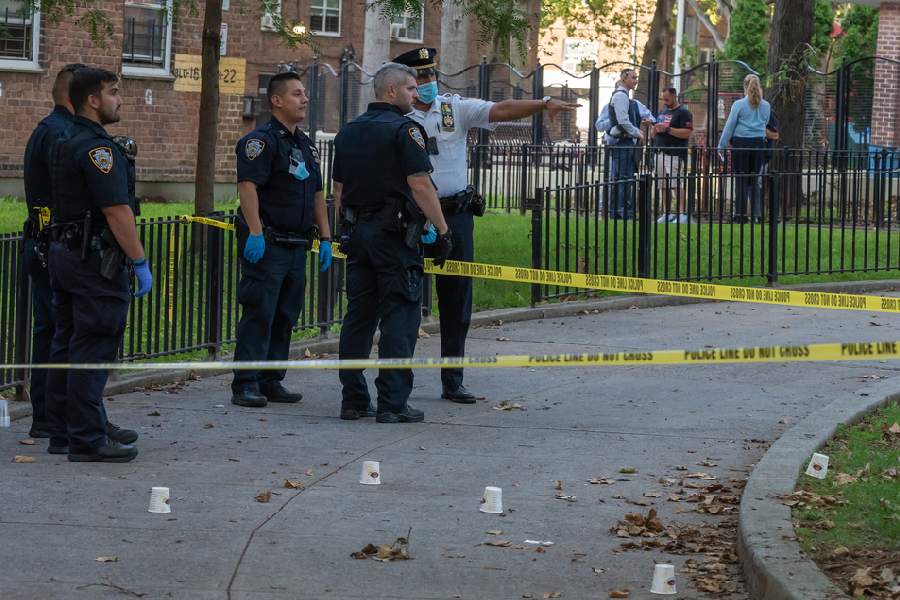 |
Bhubaneswar, Jan. 9: The Debrigarh Wildlife Sanctuary stands out from all the wildlife sanctuaries in the state in terms of sighting wild animals.
One of the major reasons for this could be its proximity to the Hirakud dam as it provides a perfect water source host for the animals, birds and aquatic fauna of the sanctuary.
However, it is the sanctuary’s historic association with the greatest freedom fighter of western Orissa — Vir Surendra Sai — that puts it in a special place in the national map. The freedom fighter either took shelter in many places in the forests to plan his rebellion against the British.
As the sanctuary has one third of its boundary bound by Hirakud dam, it forms a mini catchment area for the reservoir.
The dam, in turn, forms a source of water supply when most of the water within the sanctuary dries up. This area is home to a wide array of fauna and is also supported by the flora, which forms a part of the habitat.
Forest officials say while most forests in Orissa are moist, deciduous types, the Debrigarh sanctuary stands out with a dry forest type, which means in summer the trees shed their leaves and, so, without the foliage travellers can sight more animal species. Also, the proximity to a reservoir is another reason for the sighting of animals throughout the year, especially in the tourism season of November to February.
Manoj Nair, the divisional forest officer (DFO) of Hirakud Wildlife Division, said: “The sanctuary has its unique standing for sighting of animals such as leopards, gaur and four-horned antelope (chausingha). Sambar sightings are also frequent in the region. While the gaur and chausingha can be termed as the flagship species of the sanctuary, it has all types of animals.”
“Apart from the animals already inhabiting the sanctuary, there are also migratory birds and they come to explore the nearly 150 sq. km area of the Hirakud reservoir. As the dam is a standing water body, many varieties of diving ducks can be seen. Perhaps the sanctuary welcomes the largest number of diving ducks in winter compared to all the other sanctuaries in Orissa. Birds such as red crested pochard, great crested grebe are seen in large numbers. During 2008 there was a bird census and the sanctuary reported more than 32,000 winged-visitors,” added Nair.
There are six eco-tourism cottages in the sanctuary at Barkhandia and each has all the facilities to accommodate a complete family or two adults. Most importantly, the tariff includes all meals.
Permission for the entry into the sanctuary is available at the gates, but to stay in the eco-tourism cottages one has to get the DFO’s permission from the office in Sambalpur town after paying the fees.
Besides the sanctuary one can also see the Hirakud dam, which was once termed as the largest dyke-based structure in Asia.
The view from its towers near the dam is also breathtaking. Visitors can also visit the historic town of Sambalpur and see the Samaleswari temple, the local deity.
After reaching Bargarh one can also go to the nearby Raigarh district to see some other tourist spots. Bargarh is 65 km from the entry point to Debrigarh sanctuary.
“We are yet to make a detailed database of all the animals in the sanctuary. Now, only data of some big animals can be found. We are planning to come up with a complete database of the faunal species within a year,” said Nair.
Wildlife researcher Cuckoo Mohapatra, who has visited the sanctuary many times, said: “The general slope of the terrain is such that water drains into the Hirakud reservoir. The fresh water draining off from the sanctuary provides a rich source of water for the fishes of the reservoir. Moreover, the banks of the reservoir form a fertile ground for grasses and reeds to grow. These areas provide a breeding ground for the migratory birds, which arrive in winter. The undulating topography and the soil type of the sanctuary supports miscellaneous Sal forests with bamboo clumps, which provide a safe haven for a wide variety of wild animals. In fact, the habitat is such that it supports an entire food web and hence is quite unique, ecologically.”
CONNECTIVITY
The divisional headquarters of the sanctuary is located in Sambalpur, which is situated both on NH-6 and the starting point of NH-42. The town is 317 km from Bhubaneswar by road.
The sanctuary has two entry points located at Dhadrokusum in the south, which is 40 km from Sambalpur, and Lakhanpur in the north, which is 100 km from Bargarh. Sambalpur is well connected by rail to Delhi, Calcutta, Mumbai and Chennai. Medical facilities are available at VSS Medical College and Hospital, Burla, which is at a distance of 20 km from the entry point of the sanctuary besides other hospitals at Bargarh, Bhatli and Attabira.
Wireless network is available in the sanctuary and Lakhanpur Range Office is connected by telephone. Bus facility can be availed from nearby places such as Pahadsirgida and Lakhanpur. One can also hire a taxi from Sambalpur, Bargarh, Burla and Bhatli.
Mohapatra added: “During the freedom struggle, Sri Veer Surendra Sai sought refuge in the forests of Barapahar and fought a gorilla war against the British. The local leader is held in high esteem and the places used as his hideouts are now considered sacred. Hence, for both ecological as well as cultural reasons, the region needs renewed conservation strategies.”
The sanctuary is situated in Bargarh district and shares its southern and western boundaries with Bargarh Forest Division. As per past records, the sanctuary was established in 1930 by an order of the government.
The area of the sanctuary was only 8.85 sq. km then. The sanctuary was initially placed under the administrative control of divisional forest officer, Sambalpur Territorial Division and subsequently got transferred to Badrama Wildlife Division in October 1990.
Thereafter, reorganisation of Orissa Forest Department saw the territories being reassigned and the notification of Hirakud Wildlife Division vide a notification on August 8, 2003 with Hirakud reservoir within Bargarh district up to Govindpur beat forming the Hirakud range.
The area of the sanctuary is 353.81 sq. km that includes Lohara and Debrigarh reserved forest blocks. As per the notification of the sanctuary, the core area is 79.80 sqkm.
“While the important plant species are Bija, Sissho, Asan, Haland, Amla, Harida and Bahada and small pockets of quality Sal, the important species of wild animals are tiger, leopard, sloth bears, Indian wolf, hyena, gaur, spotted deer, nilgai, sambar, four-horned antelope, wild boar, porcupine and migratory birds. The largest congregation of birds was observed during bird census in the waters near Badduma and Chourasimal,” added Mohapatra.
At present, a lot of people from nearby towns such as Sambalpur, Burla, Hirakud visit the reservoir.
Their entry has been restricted to only the designated places on the periphery of the sanctuary. At the national level, Debrigarh sanctuary is recognised as one amongst various sanctuaries harbouring a wide variety of flora and fauna.
The temperature of the sanctuary varies from 9°C in winters to 45°C in summer. Last few years have seen the summer temperatures shooting up to 48°C and the winter temperatures dipping down to as low as 5°C. However, winter and pre-summer months are the best season to visit the sanctuary.
FOOD CHAIN
The presence of herbivores and carnivores show that the entire food chain for carnivores is present in the sanctuary.
The forest growth provides food for the herbivores and the carnivores feed on the herbivores. Herbivores like deer, antelopes and carnivores ranging from tigers are found, but snakes such as python, cobra and other reptiles are rarely seen.
Birds such as eagle, owl, parrot, flycatcher, sunbird, hornbill, pigeon and nightjar have also been sighted. There are no elephants in this sanctuary except the captive one named Kharshel.
Ecologist Prasad Dash of Vasundhara said: “Apart from the tourist spots near the sanctuary, one can also visit the wild animal conservation centre (WACC) at Motijharan in Sambalpur town where a deer park serves many recreational avenues for visitors. It also serves as a rescue centre for wild animals. In the deer park, first aid and treatment is provided to injured wild animals rescued from captivity.”
“A plan has been submitted to the Central Zoo Authority to designate WACC as a small zoo. When that happens, it would be the only small zoo in Orissa,” added a forest official.










